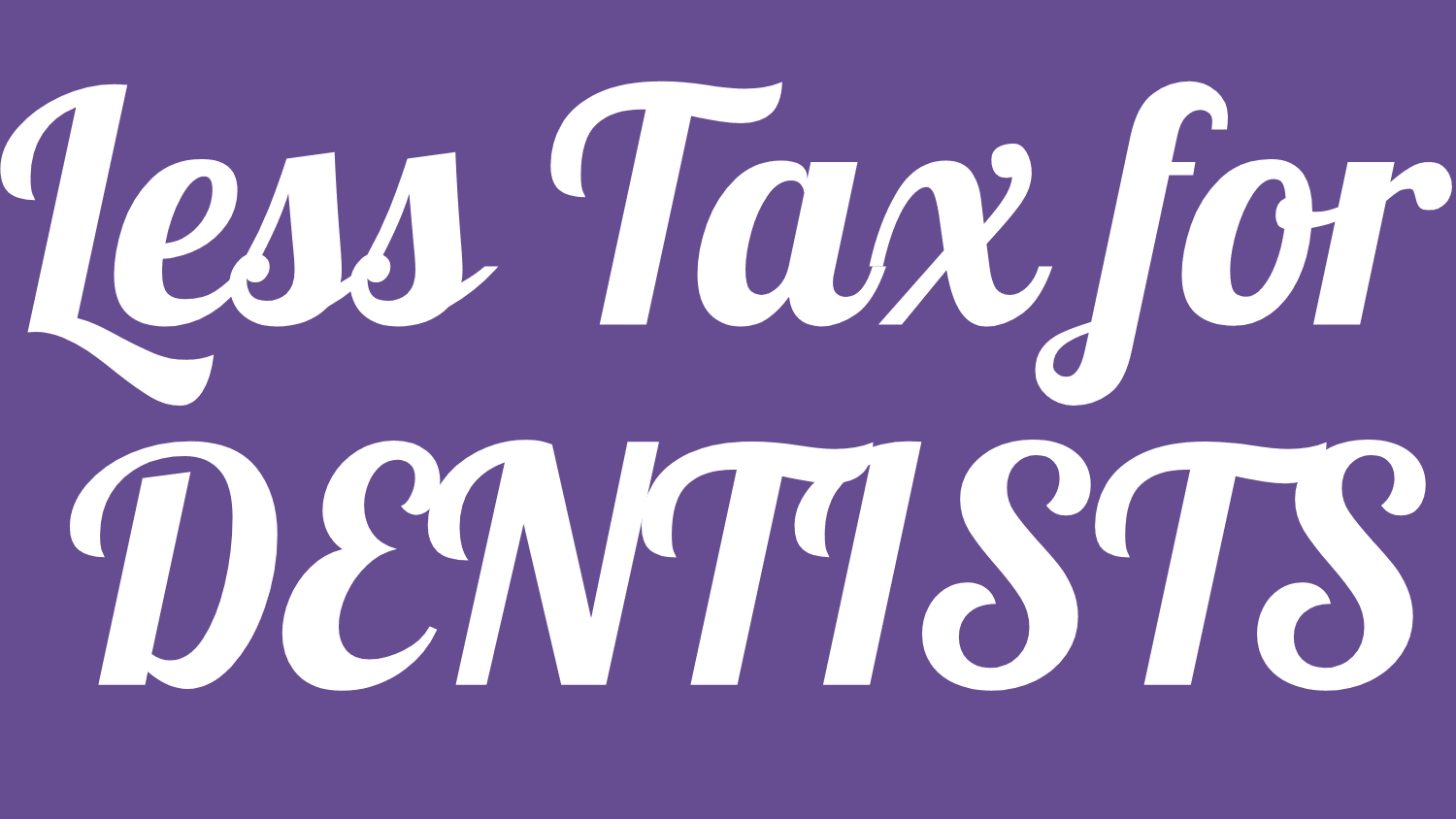Dental Tax Tips from Jay Malik for Better Cash Flow
Cash flow is the lifeblood of any dental practice. Yet, many dentists unintentionally tie up money in taxes that could be reinvested into their business. According to Jay Malik, a leading tax strategist for dentists, knowing how to reduce your tax burden legally can free up thousands of dollars annually — dollars that can be used to grow your practice or strengthen your financial future.
Why Cash Flow Matters for Dentists
Whether you’re running a solo practice or managing a multi-location office, predictable cash flow is critical. It allows you to:
- Cover payroll and overhead without stress
- Invest in new technology or equipment
- Plan for retirement or new locations confidently
Unfortunately, many dental professionals miss out on smart tax planning strategies simply because they’re too busy treating patients. That’s where Jay Malik’s tax-saving approach comes in.
Top Tax Strategies to Boost Dental Cash Flow
1. Choose the Right Business Structure
One of the biggest cash flow mistakes dentists make is operating under the wrong entity type. As Jay Malik often advises, choosing between an S-Corp, LLC, or C-Corp should be based on your income level, goals, and how you pay yourself. The right structure can reduce self-employment taxes and keep more money in your pocket.
2. Maximize Section 199A Deductions
The Qualified Business Income (QBI) deduction under Section 199A can provide up to a 20% deduction on eligible income. Many dentists are surprised to learn they qualify. Structuring your income properly can ensure you don’t accidentally phase out of this valuable deduction.
3. Accelerate Depreciation on Dental Equipment
Dental practices often invest heavily in chairs, X-ray machines, and other equipment. With Section 179 and bonus depreciation, you can write off 100% of qualifying asset purchases in the year they’re placed in service — drastically reducing taxable income.
4. Hire and Pay Family Members Strategically
If you have teenagers or a spouse who helps in the office, paying them properly through your practice can shift income into lower tax brackets. Jay Malik reminds clients that this must be done correctly — with actual work, reasonable pay, and proper documentation.
5. Set Up a Tax-Efficient Retirement Plan
From SEP IRAs to solo 401(k)s and defined benefit plans, dentists can often tuck away six figures annually into retirement — while reducing taxable income. The right plan depends on your earnings and whether you have employees, but you shouldn’t miss out on this dual-purpose tool.
Take Control of Your Dental Finances
Tax planning isn’t just about paying less to the IRS — it’s about creating stronger cash flow and future-proofing your dental practice. As Jay Malik puts it, “There’s no one-size-fits-all approach. But every dental practice has opportunities to improve.”
If you’re tired of April surprises and want a year-round strategy that puts your money to better use, it’s time to take a proactive approach.
Ready to start planning smarter? Let’s talk about reducing your tax liability and boosting your cash flow — so your practice can thrive long term.




